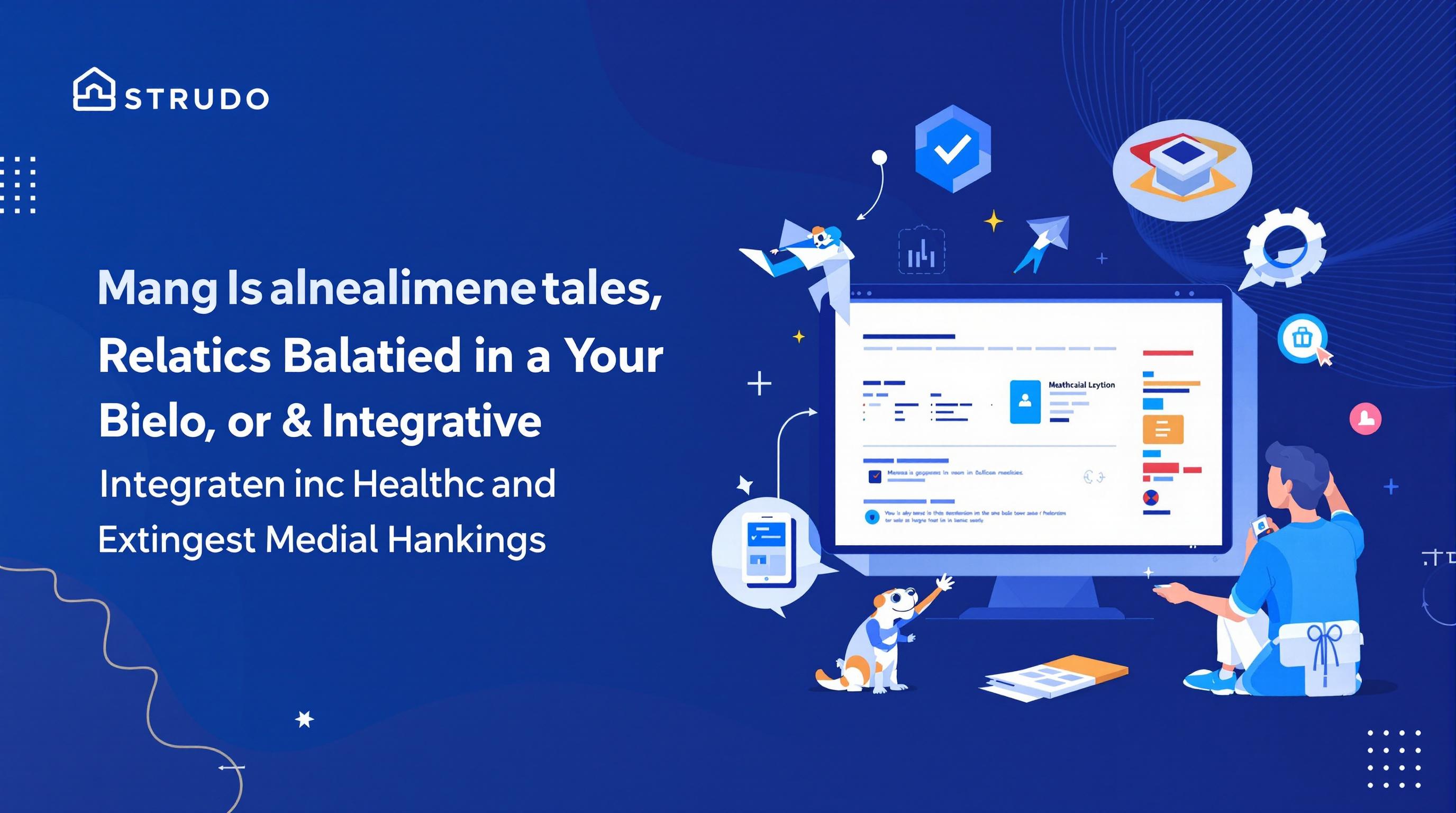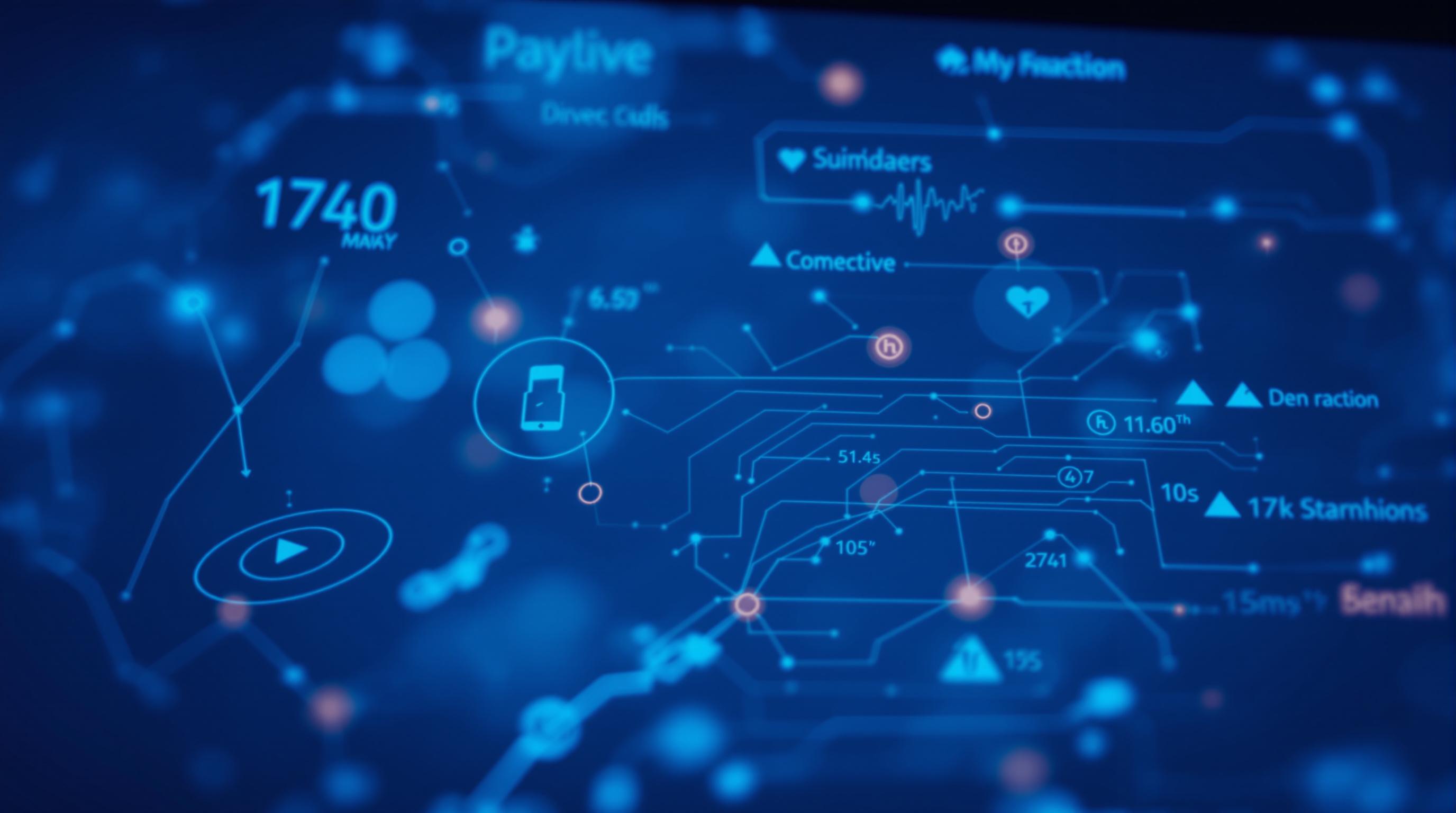Related Articles
- 7 Emerging Medical Software Compliance Tools Released Since 2019 Ranked by AI-Driven Risk Management Abilities
- 7 Emerging Medical Imaging Software Tools Released Since 2019 That Are Transforming Diagnostic Accuracy
- 7 Groundbreaking Mobile Medical Apps Revolutionizing Patient Care Since 2019 Compared and Ranked
- How AI Ethics Challenges Shape Decision-Making in Healthcare Administration Beyond Traditional Practice Models
- How AI-Driven Diagnostic Tools Are Reshaping Rural Healthcare Access and Patient Outcomes in Remote Communities
- How Forgotten Patient Narratives Could Reshape the Future of Digital Health Records Integration
Top 8 Cutting-Edge Solutions Revolutionizing Healthcare Integration Since 2019: Expert Comparison & Ranking
Top 8 Cutting-Edge Solutions Revolutionizing Healthcare Integration Since 2019: Expert Comparison & Ranking
Top 8 Cutting-Edge Solutions Revolutionizing Healthcare Integration Since 2019: Expert Comparison & Ranking
1. Electronic Health Records (EHR) Interoperability Platforms
The push for seamless Electronic Health Records (EHR) interoperability has led to the development of sophisticated platforms that unify disparate healthcare data systems. Solutions like FHIR (Fast Healthcare Interoperability Resources) have gained prominence due to their standardized API frameworks, enabling smooth data exchange across diverse healthcare providers. These platforms reduce redundancies, promote accurate diagnoses, and improve patient outcomes by ensuring critical information is accessible in real-time.
Experts highlight that since 2019, initiatives like the U.S. Office of the National Coordinator’s (ONC) regulations have accelerated EHR integration, compelling vendors to adopt standardized protocols. This regulatory backing empowers healthcare institutions to overcome data silos, enhance clinical workflows, and facilitate coordinated care delivery.
Despite the progress, challenges such as variability in data quality and security concerns remain. Nonetheless, interoperability platforms stand as a foundational innovation, setting the stage for more advanced integrated healthcare solutions.
2. Artificial Intelligence and Machine Learning Integration
Artificial Intelligence (AI) and Machine Learning (ML) have transformed healthcare integration by enabling predictive analytics and automated decision-making. Advanced algorithms analyze vast datasets from integrated sources, identifying patterns that inform clinical decisions, optimize resource allocation, and personalize patient treatments.
Since 2019, AI-powered integration tools like Google Health’s AI modules and IBM Watson Health have showcased capabilities ranging from early disease detection to workflow automation. Experts commend their ability to bridge data from imaging, genomics, and EHRs, thereby producing comprehensive clinical insights.
However, integration of AI into healthcare ecosystems requires meticulous validation to ensure algorithm accuracy and fairness. As the technology matures, AI's role in healthcare integration is expected to grow, offering unprecedented support to providers and patients alike.
3. Cloud-Based Health Information Exchange (HIE) Systems
Cloud computing has revolutionized Health Information Exchange (HIE), enabling scalable and secure data sharing across organizations. Cloud-based HIE platforms allow real-time access to patient data, reduce infrastructure costs, and support collaborative care models beyond traditional hospital settings.
According to studies from HIMSS (Healthcare Information and Management Systems Society), since 2019, adoption of cloud HIE solutions has risen sharply. Providers benefit from enhanced data availability and disaster recovery capabilities, essential for continuous patient care.
Nevertheless, privacy and compliance with regulations such as HIPAA remain vital considerations. Cloud vendors and healthcare entities increasingly invest in encryption and access controls to mitigate risks, ensuring that patient data is both accessible and protected.
4. Blockchain for Secure Data Sharing
Blockchain technology brings a decentralized and tamper-proof layer to healthcare data integration. By creating immutable ledgers of patient information, blockchain supports secure, transparent, and auditable sharing of medical records across untrusted parties.
Since 2019, pilot projects like MedRec and IBM’s Hyperledger-based initiatives have demonstrated blockchain's potential in enhancing data integrity and patient consent management. Experts view blockchain as a promising solution to longstanding trust issues in health data exchange.
However, scalability and integration with existing systems remain hurdles. Ongoing research and development aim to streamline blockchain’s deployment, potentially making it a cornerstone of future healthcare integration strategies.
5. Telehealth Integration Platforms
The explosion of telehealth services, especially amid the COVID-19 pandemic, has propelled platforms that seamlessly integrate virtual care data with traditional health records. These platforms facilitate unified patient views, enabling providers to offer holistic care regardless of setting.
Leading solutions such as Amwell and Teladoc incorporate appointment scheduling, video consultations, and real-time data syncing with EHRs. Experts affirm that since 2019, telehealth integration has improved care accessibility and continuity, reducing barriers for remote and underserved populations.
Challenges include ensuring equitable technology access and effective reimbursement frameworks. Despite these, integrated telehealth platforms remain vital in shaping modern, patient-centered healthcare delivery.
6. Internet of Medical Things (IoMT) Integration
The Internet of Medical Things (IoMT) encompasses interconnected medical devices that collect and transmit patient data. Integration solutions aggregate data streams from wearables, implants, and monitoring devices, feeding into healthcare systems for real-time analysis and response.
Expert analyses highlight trends from 2019 onwards where IoMT integration supports chronic disease management, remote monitoring, and emergency alerts. Platforms by companies like Philips and Medtronic exemplify the fusion of device data with clinical records to enhance proactive care models.
Integrating IoMT data demands robust security and interoperability standards to handle high data volume and variety. With ongoing advancements, IoMT integration is poised to deepen the interplay between technology and patient health insights.
7. API-Driven Modular Healthcare Architectures
Modular healthcare architectures leverage APIs to connect discrete systems and services within healthcare environments. This approach allows customizable, plug-and-play integration of functionalities such as patient portals, billing, and clinical decision support.
Since 2019, adoption of API-first platforms like Redox and Cerner’s Open Platform has grown, enabling fast and flexible integration tailored to organizational needs. Industry experts advocate modularity for its ability to future-proof healthcare IT and simplify maintenance.
Although complexity in integration management can arise, the modular model facilitates innovation cycles and vendor diversity. The trend towards API-driven architectures is critical to evolving integrated healthcare ecosystems.
8. Natural Language Processing (NLP) Integration
Natural Language Processing (NLP) enhances healthcare integration by converting unstructured clinical notes and patient communications into structured data. This capability enriches EHRs, supports clinical decision-making, and improves data analytics.
Post-2019, advancements in NLP tools like Amazon Comprehend Medical and Google Cloud Healthcare NLP have enabled automated coding, summarization, and extraction of clinical concepts. Experts recognize NLP as vital for unlocking actionable insights from vast textual data.
Challenges include maintaining accuracy across diverse medical terminologies and contexts. Nevertheless, continued refinement positions NLP as an indispensable tool in the comprehensive integration of healthcare information.
Conclusion
The healthcare integration landscape since 2019 has been transformed by these eight cutting-edge solutions, each addressing critical facets of data interoperability, security, analytics, and patient engagement. While challenges persist, advancements in EHR interoperability, AI, cloud computing, blockchain, telehealth, IoMT, API-driven design, and NLP collectively pave the way toward more connected, efficient, and patient-centered care systems.
Health IT experts recommend that stakeholders adopt a layered integration strategy, combining these technologies to harness their complementary strengths. Continued innovation, regulatory support, and stakeholder collaboration will be essential to fully realize the promise of integrated healthcare.
Sources:
- Healthcare Information and Management Systems Society (HIMSS)
- U.S. Office of the National Coordinator for Health Information Technology (ONC)
- Research articles from Journal of Medical Internet Research (JMIR) and Nature Digital Medicine

